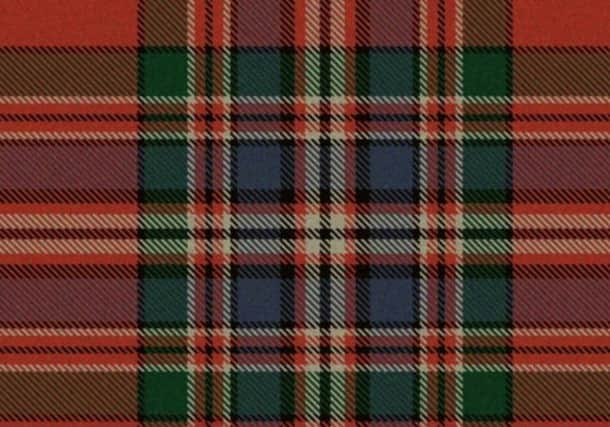Scottish clan profile: MacFarlane


His grandson was born Bartholomew, which in Gaelic would be Parlan. His name began the Macpharlain clan, later to be known as MacFarlane because of ‘ph’ being pronounced as an ‘f’ in Gaelic. The English speaking translation of the name MacFarlane is “Son of Bartholomew”.
Early fued
The MacFarlanes ruled the land on the west of Loch Lomond north from Tarbet. A feud with the Stewarts could have robbed the MacFarlanes of their land before they’d even made much of a mark on history, but their future was secured when a cadet branch leader by the name of Andrew married the daughter of the Earl of Lennox. Through the union they were given the territory of Arrochar and Andrew’s son became chief of the clan in 1493. They would remain loyal to the Stewarts thereafter.
Battle of Flodden
Advertisement
Hide Ad1513 saw King James IV invade England after being angered by claims made by Henry VIII that he ruled Scotland. James was to meet his end at the Battle of Flodden where anywhere between 5,000 and 17,000 Scots are believed to have died. It is thought that among those dead were members of the MacFarlane clan, including the 11th chief. However, history is somewhat at odds with which side the MacFarlane’s were on, with some sources claiming they stuck with the Stewarts, who sided with Henry VIII.
Battle of Pinkie Cleugh
What is agreed upon is that the clan was involved in the Battle of Pinkie. Taking place in 1547, on the banks of the River Esk near Musselburgh, the Scots lost heavily in the last pitched battle between Scotland and England. Black Saturday, as it would later be called, took the lives of the 13th clan chief, Duncan, his brother, and 200 more clansmen.
However, the clan was strong in numbers and they were not hesitant in involving themselves in another fight 21 years later. At the Battle of Langside, where the Early of Moray fought against his half-sister Mary Queen of Scots, the MacFarlanes fought on the side of James Stewart and captured three of the Queen’s standards.
Refrain from fighting & clan break-up
The 20th clan chief was a man by the name of Walter MacFarlane who moved to Edinburgh and was regarded as a scholar. It is assumed that his more philosophical style of leadership is why the clan refrained from taking part in the Jacobite uprising of both 1715 and 1745. By the time he died in 1767 the remaining clan lands at Arrochar had been sold off and the new chief soon emigrated to America. The line of male chiefs died out altogether in 1886.
Clan Tartans
Like many clans there are several forms of MacFarlane tartan. The most popular, according to living descendents of the MacFarlane clan living in the present day, is the red tartan (seen in the image above). However, they wore a green shade of tartan when hunting and a black and white tartan when in mourning.
War Cry: Loch Sloy
Clan motto: “This I’ll Defend”.
Septs of the MacFarlane clan: Allan, Allanson, Bartholomew, Bryce, Caw, Kinnieson, Knox, MacAindra, MacAllan, MacCause, MacCaw, MacCondy, MacEoin, MacErachar, MacGaw, MacGeoch, MacInstalker, MacJames, MacNair, MacNider, MacNiter, MacRob, MacRobb, MacWalter, MacWilliam, Miller, Monach, Parlane, Robb, Stalker, Weaver, Webster, Wylie.
SCOTSMAN TABLET AND IPHONE APPS